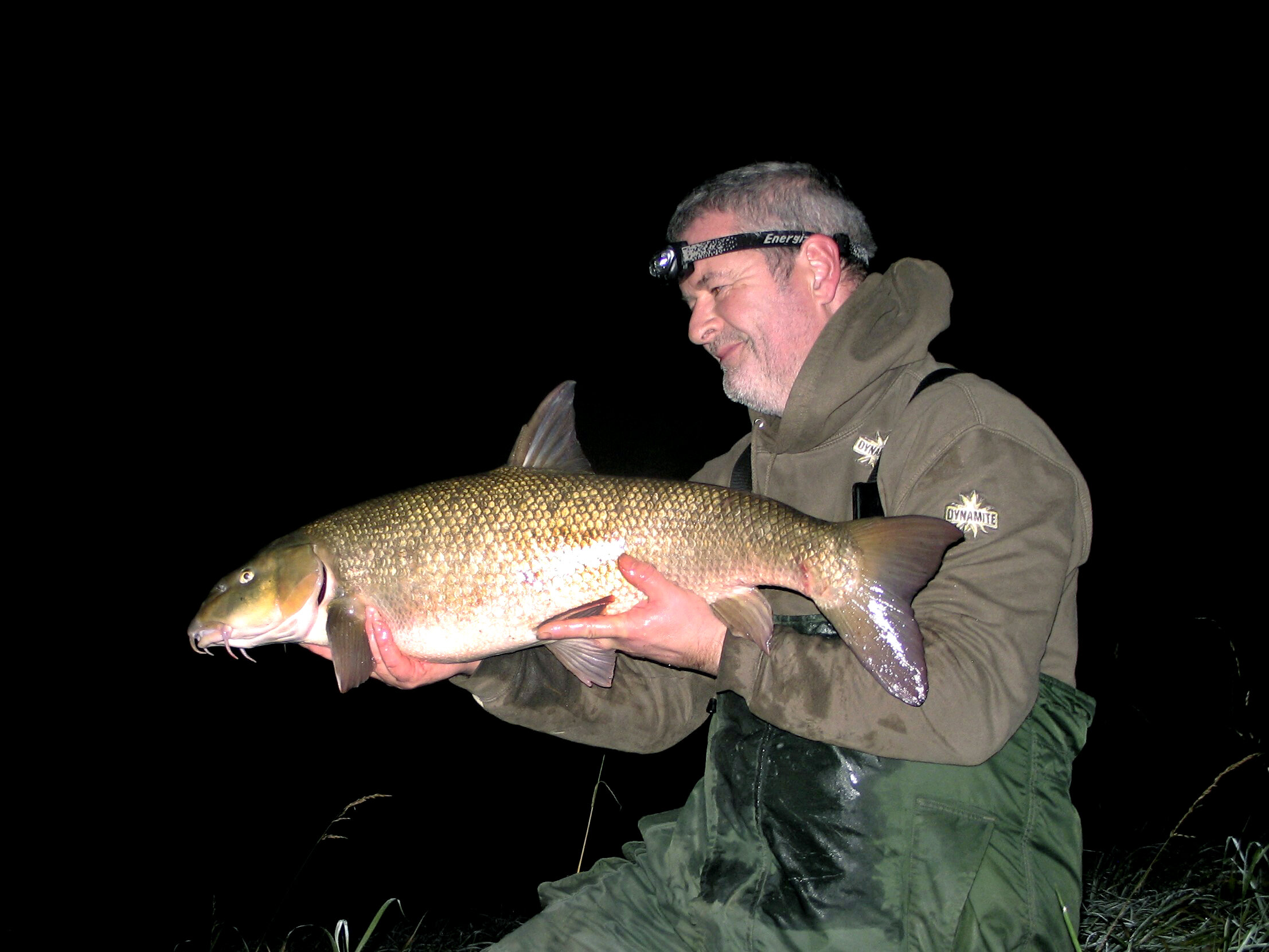River Fishing Tips - Quivertip or bite alarm for barbel? - Tony Gibson
Barbel bites are always positive so I don’t use rods with built-in quivertips – you’ll know when there’s a fish on!
I favour a through-actioned rod with a test curve of 1.5lb to 2.25lb, fixing an isotope to the end if I’m fishing in the dark.
Generally, I’ll watch the rod-tip when roving around on a small river or when I’m not planning on spending a lot of time in each swim. Alarms come into play when you’re in for the long haul on rivers like the Trent, fishing for 12 or 24 hours in the same swim and waiting for a bite.
I’ll always prefer watching the rod-tip – seeing it slam over and hearing the clutch scream is the best bit in my book!
Seeing the rod-tip slam over is the best bit about barbel fishing!
Feeder Fishing Tips - Knowing the depth on the bomb or feeder - Mick Vials
A rule of thumb states that a 1oz leger bomb will sink around 2ft 6ins for every second you count, so a count of eight means that point you’ve cast to is around 20ft deep. The trick is to start short at, say, 30 yards, then work your way out by a few yards at a time.This way, you will soon work out the contours of the lake and identify where it is shallower, where it deepens off and where there are any ledges or plateaux.
I believe it’s not so important to find the depth, more to find how the bottom of the lake varies and where the fish will be.
To get a count, I clip up on my reel, cast the bomb to the clip then, with the quivertip still bent, begin counting as soon as the bomb hits the water. When the tip springs back slack the bomb has hit bottom and you can stop the count.
A rule of thumb states that a 1oz leger bomb will sink around 2ft 6ins for every second you count


